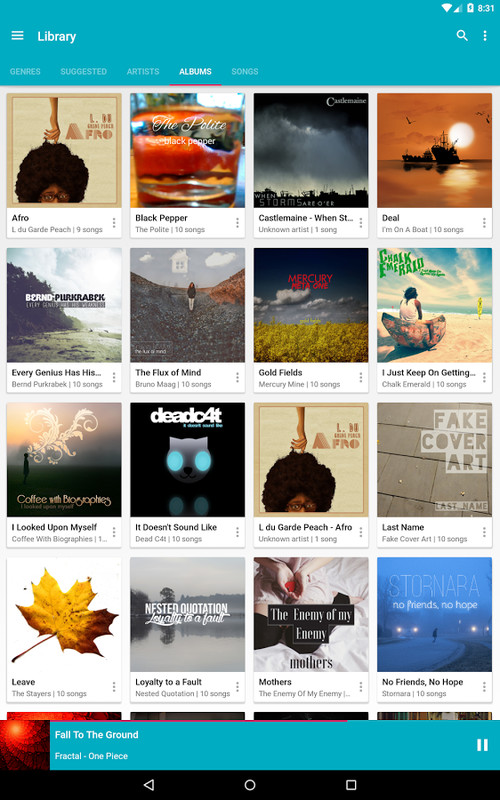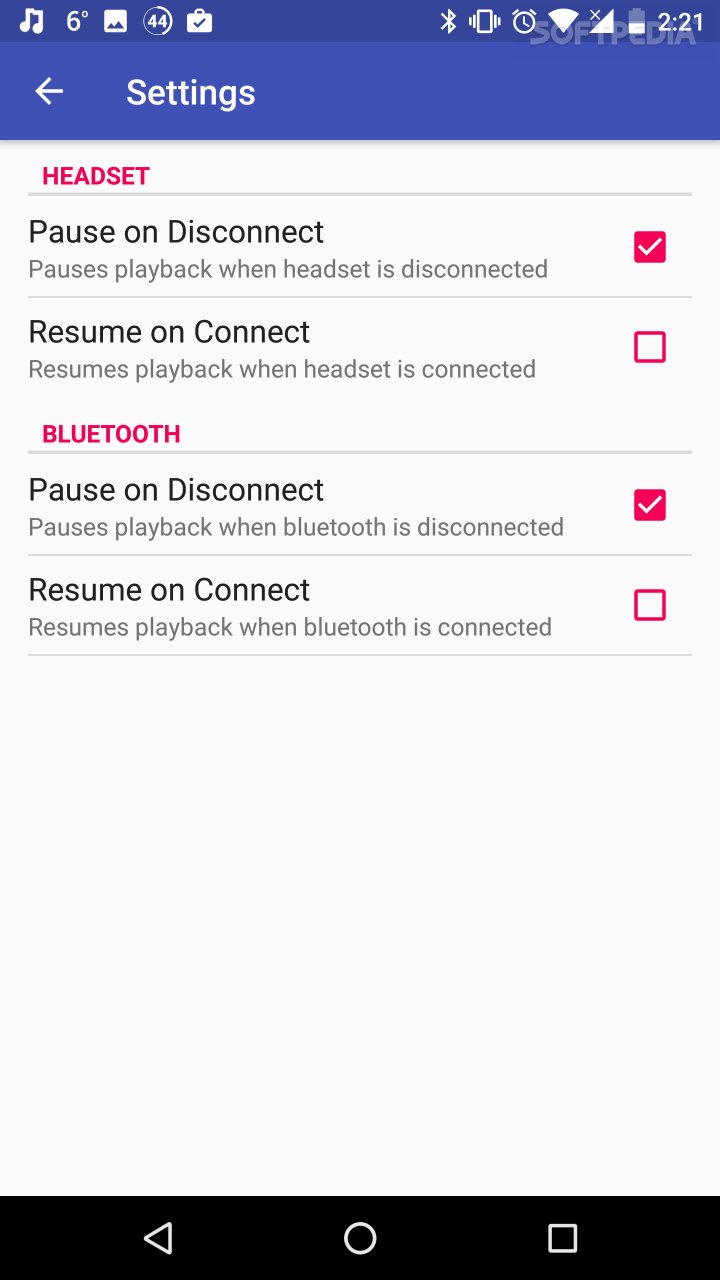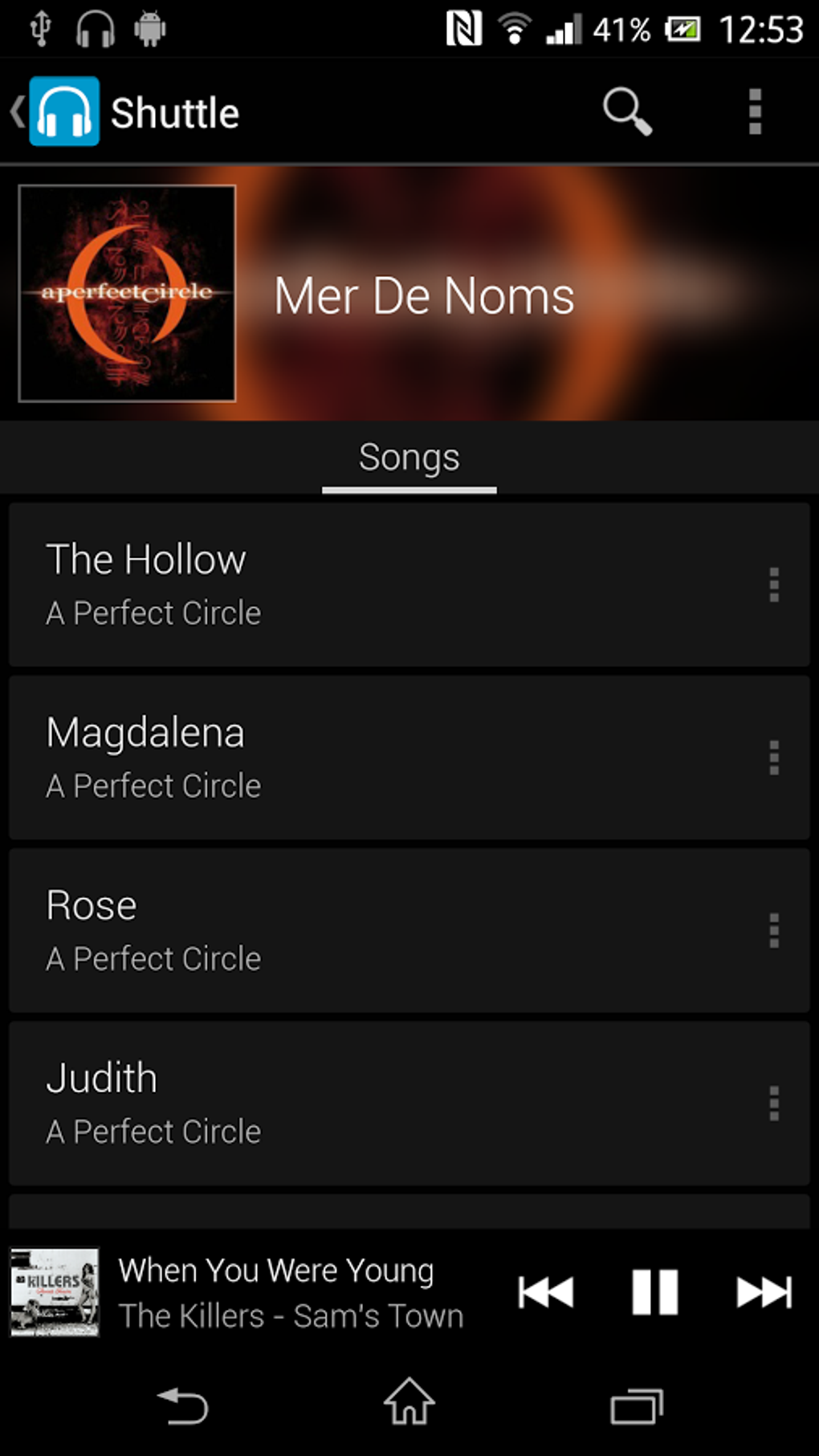
Glide came out, RXJava became popular and Material design came in.

I celebrated 500,000 downloads with an actual cake sometime in 2014. Holo was phased out and something post-Holo-pre-Material came in.

Shuttle continued to gain momentum over the years. I attribute a large portion of Shuttle's success to both Andrew and his app Apollo. Initially via email, then to hangouts and now on Slack, Andrew unwittingly became my mentor. I discovered the beautiful thing that is open source software, and found out that someone else had already solved these problems for me, and I was allowed to copy them! That someone else was Andrew Neal, the developer of Apollo Music Player. I eventually discovered Cyanogenmod, and the then-famous Apollo Music Player, which seemed to solve a few problems I wasn't able to solve myself. I continued to work on customisation of holo-based themes and looked on in awe as Shuttle ticked over to install number 10. A patent troll threatened legal action if I didn't change the name (don't want a native Android app getting confused with an audio codec!) and I was naive enough to comply - and so the name was changed.Īs I developed Shuttle, I received a lot of really positive feedback from reddit ( /r/android). Initially, Shuttle was relased as AMP (). This tedious process lasted a while, but it was my way of trying to ensure I understood what was going on when I copied a class into my app. At the time I had no idea what I was doing, but for better or worse, I made a habit of not copying classes, but writing the code out myself. I clearly recall how happy I was when I managed to wrangle that project to play a song of my choosing!Īfter lots of blog reading and trial and error, I eventually stumbled upon Googles Default Music Player. Initially, it was based off of the Random Music Player sample project by Google. Shuttle started some time in early 2012, as a project to learn Java (and programming in general).

This is/will become a good resource if you're just wondering how the app works.



 0 kommentar(er)
0 kommentar(er)
